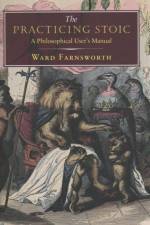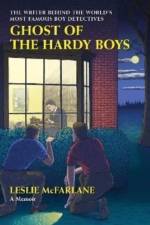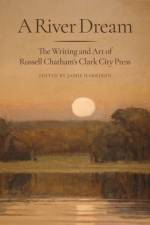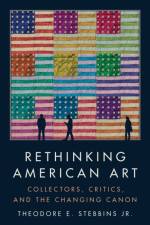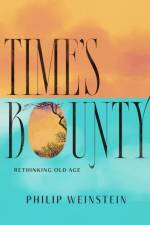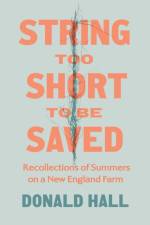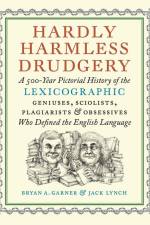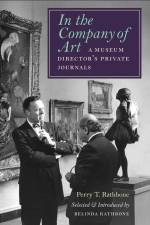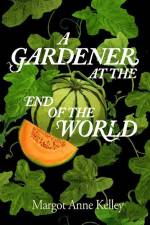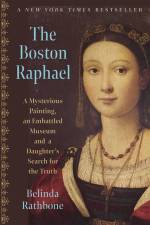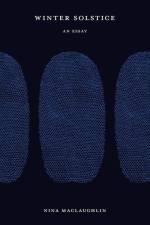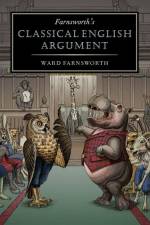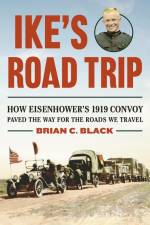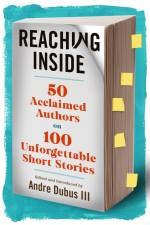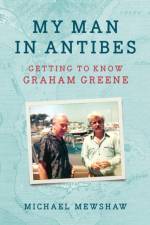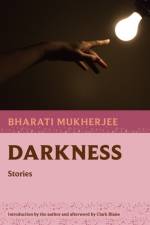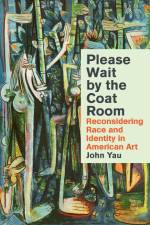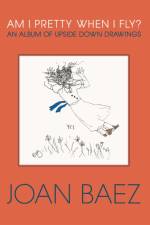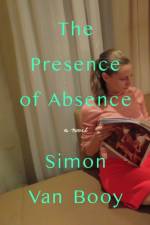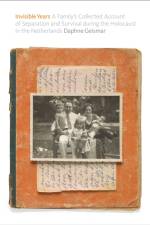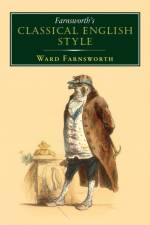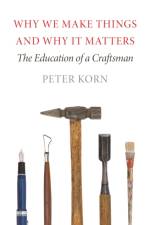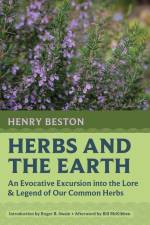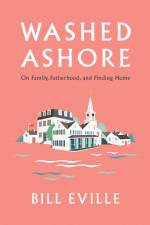av Perry T. Rathbone
301
"Perry T. Rathbone was one of the leading American art museum directors of the twentieth century. Over the course of his thirty two year career at the St. Louis Art Museum and the Museum of Fine Arts in Boston, he kept a journal. These are his unguarded and spontaneous expressions, not meant for publication-at least not in his lifetime. Alone in his study at the end of a day, Perry T. Rathbone wrote in a large, unlined sketchbook, unloading whatever was fresh on his mind. Whether a meeting at the museum, a business trip, or a party he had just returned from, he wrote about whom he met, what he thought of them, the ambiance, the conversation, the art, the wine, and the food. Rathbone's journals provide a window onto an era of seismic cultural change seen through the eyes of an art czar and a tastemaker. There are meetings with artists such as William de Kooning, Edward Hopper, Andrew Wyeth, Isamu Noguchi, and Alexander Calder, men of letters such as T.S. Eliot and Aldous Huxley. There are observations of the collectors he courted, entertained, and forbore, such as Peggy Guggenheim and Joseph Pulitzer, and of the eccentric Boston Brahmin families with historic ties to the MFA-the Lowells, Lambs, Warrens, Coolidges, and Codmans. And of course he writes of the thrill of assisting Jaqueline Kennedy in the early 1960s with loans from the MFA to adorn the private quarters in the White House. In the Company of Art includes journal entries from the end of Rathbone's time as director of the St. Louis Art Museum in the early 1950s, through is seventeen years at the MFA in Boston, and beyond into the 1970s. The greatest concentration of entries focuses on the 1960s, during the banner years of Rathbone's directorship of the Museum of Fine Arts in Boston, as he began to enjoy the rewards of his achievements at the museum with new acquisitions, renovated galleries, rising attendance and membership. Rathbone was celebrated for his ability to transform museums from quiet repositories of art into vibrant cultural centers. This is a unique record of what he thought along the way"--


